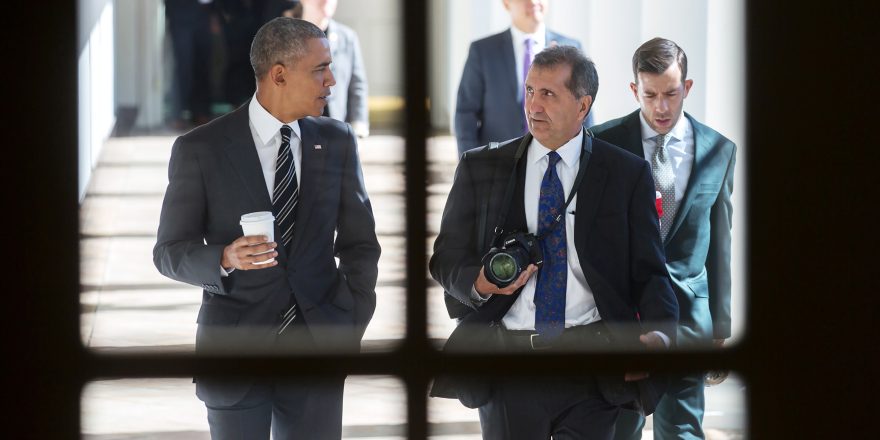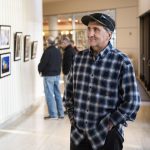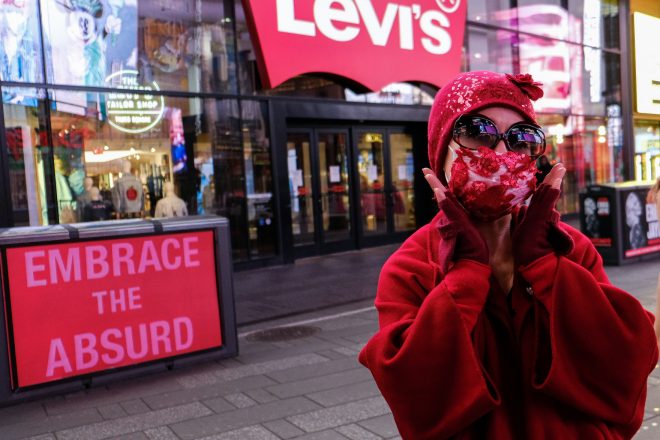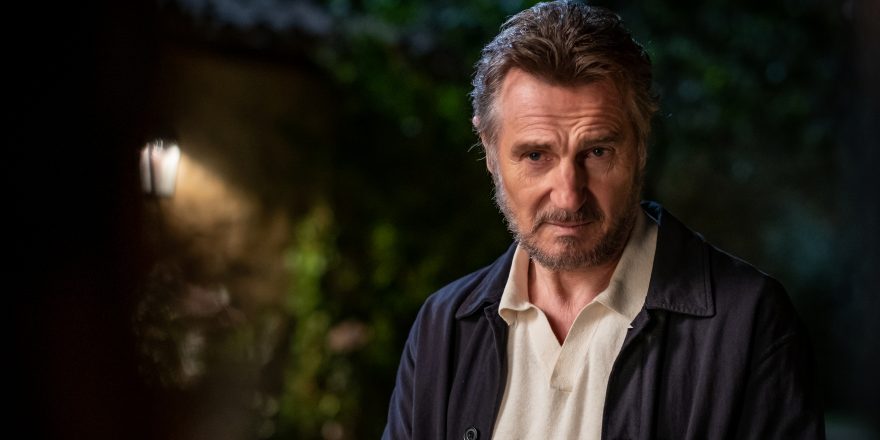Since the start of the pandemic, I’ve been self-quarantining in my house and Madison, Wisconsin, and have not traveled at all except for a couple trips up to our cabin in northern Michigan. The cabin is pretty remote, with no Internet, and it’s a good way to get away from the city. For the past six months, I’ve been wearing a mask anytime I leave the house for walks and bike rides. I’ve been exploring a lot with my macro lens, trying to be creative with close-up photography. I have also been documenting some of the protests, but I’m very careful as I don’t want to get this virus, given my age and the fact that I have asthma.
It’s been challenging to not be around other people on a regular basis; I don’t have much human interaction other than with my wife, my daughter and my granddaughter. Like everybody else, I’ve been on Zoom a lot, but it feels impersonal. I wouldn’t say I’ve been depressed, but I’ve been in what seems like a never-ending funk, realizing it’s still going to be a long time before things get back to normal.
The one thing that gives me hope is what we’ve seen in the last few months: a lot of young people taking to the streets to say they don’t like what’s going on, and that’s been so inspiring to see. To paraphrase my former boss, it’s now a two-step process: We need to continue speak out, but then we need to effect change by translating this energy into voting for the leaders who are going to make a positive impact, at the local level as well as in the White House.
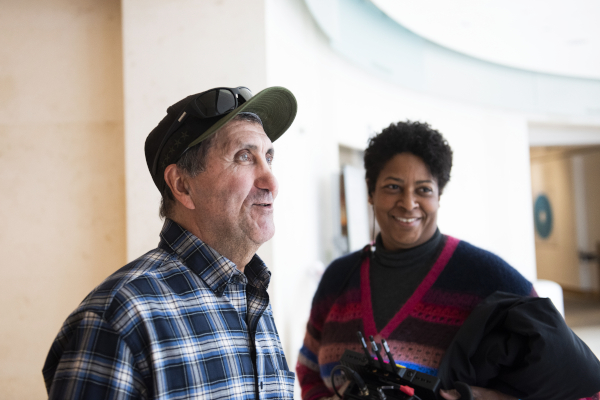
I’m currently reading How to Be an Antiracist by Ibram X. Kendi, which is very thought-provoking. I’ve read several other books, but it’s been difficult for me to sit down and read a book because I’m just not relaxed. I always feel on edge, and so sitting down to read is a weird sensation. I’ve been listening to a lot of music and have returned to my roots by playing albums on vinyl, which I did when I was a teenager. I’m revisiting the records that I used to listen to in 1969, 1970 and 1971, but I’m also listening to a lot of singer-songwriters. I just got a John Prine box set and Margo Price’s new record, which is really good, and I’m listening to my music by my friends Brandi Carlile and The Lumineers.
Photojournalists are doing such great work at the moment, covering not only covering politics but also the protests. Their work in the early days of COVID was amazing. Sadly, because of my age and my health condition, I can’t be out there doing that kind of work, but I wish I was in the mix. One of the things I’ve been thinking about is what life is going to look like after the pandemic, and whether people are going to be more creative or less creative. There was a fascinating story on NPR recently about a classical pianist who had been unable to play piano for some months because she was so depressed. But then her producer convinced her that this was the time to record, so she made a whole album at her house. She said it was the best she’s ever played the piano. I’d like to think that when this is all said and done, I can get out there to do photography full-time and be more creative than I ever have been.
My hope is that the people who watch The Way I See It will recognize the power of the still photograph and the importance of having a White House photographer to document the presidency for history. Most importantly, though, I hope it makes audiences question what kind of person we want as President of the United States. Do we want a carnival barker, a con man, a liar, a bully, someone who treats the presidency like a reality TV show? Or do we want a compassionate, empathetic person of character, who believes in facts and science and understands that his job is about us and not about him?
Featured image by Lawrence Jackson / The White House, courtesy of Focus Features.



